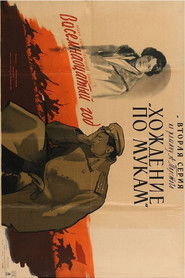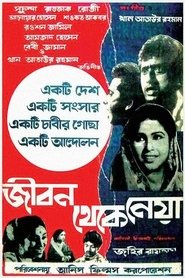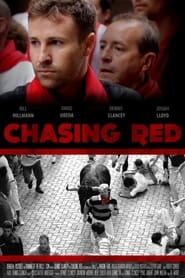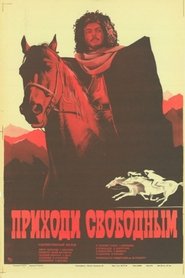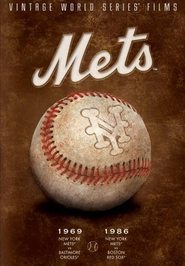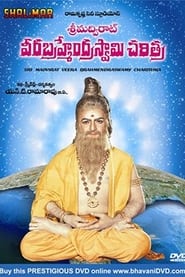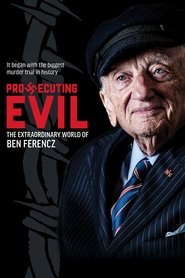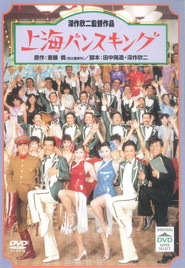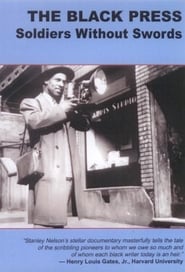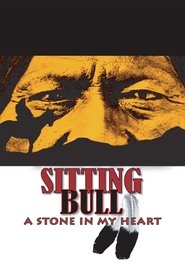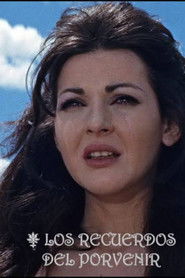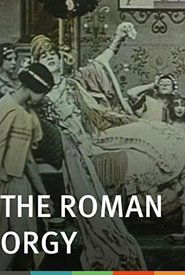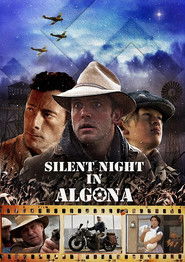Popular History Movies on Pantaflix - Page 345
-
Lagoon: Rock and Rollercoasters
2017
A fun, nostalgic look at the rich history of Lagoon Amusement Park, which has enchanted visitors for generations with its rides, rock concerts, and family fun for more than a century. -
The Year 18th
1958
The Year 18th
1958
star 6Swept up in political unrest during World War I, two sisters in St. Petersburg cope with turbulent romances as Russian history is made around them. -
Jibon Theke Neya
1970
Jibon Theke Neya
1970
star 9.3A political satire of Bangladesh under the rule of Pakistan metaphorically, where an autocratic woman in one family symbolizes the political dictatorship of Ayub Khan in East Pakistan. -
Året var 1975
2024
Året var 1975
2024
star 5This is the year when the Vietnam War ends and terrorists take over the West German embassy in Stockholm. On TV, Staffan Westerberg's "Vilse i Pannkakan" coincides with Ingmar Bergman's "The Magic Flute". Despite the cold war, the USA and the Soviet Union take the opportunity to meet - in space! And Davis Cup tennis is played in Båstad. Sweden meets Chile and the police fear riots. This and much more in "The year was 1975" by Jonas Fohlin and Eva Tillberg. -
Chasing Red
2015
Chasing Red
2015
star 10Everyone has heard of Pamplona's Running of the Bulls, yet so few know much about it. Even fewer know that there is an elite group of runners who brave dozens of bull runs each year, risking their life to run inches away from the sharp horns of the 1000+ pound ferocious animals they revere. Chasing Red is a character-driven documentary following 4 runners across the eight bull runs of a single fiesta in Pamplona. Braving through injury and looming risk of death, they embark on an endeavor that will shape their lives forever. -
Come Free
1985
Come Free
1985
-
Vintage World Series Films: New York Mets
2006
The World Series champion Mets of 1969 and 1986 were embraced by fans for their pitching, personalities, and perseverance. In 1969, the world was mesmerized by man's first steps on the moon. The world of baseball was equally transfixed by the Mets. New York relied on pitching from Tom Seaver and Jerry Koosman, and the hitting of Tommie Agee and Cleon Jones to register the Club's first 100-win season. It took the 1986 Mets two games to recover from a grueling NLCS, and then the fiery Lenny Dykstra led the charge. With two road victories pushing the Fall Classic back to Shea Stadium, the stage was set for Game Six--and arguably the most remarkable comeback in baseball history... -
Legendary Champions
1968
-
Island Home Country
2008
Island Home Country
2008
star 5A poetic cine-essay about race and Australia’s colonised history and how it impacts into the present offering insights into how various individuals deal with the traumatic legacies of British colonialism and its race-based policies. The film’s consultative process, with ‘Respecting Cultures’ (Tasmanian Aboriginal Protocols), offers an evolving shift in Australian historical narratives from the frontier wars, to one of diverse peoples working through historical trauma in a process of decolonisation. -
Srimadvirat Veerabrahmendra Swami Charitra
1984
The story is based on the life of Pothuluri Veerabrahmam (N. T. Rama Rao), a well-known saint and astrologer of the 17th century. A brief life of Gautama Buddha, Ramanuja, Adi Shankara and Vemana (all essayed by NTR) are shown at the beginning of the film. -
Jumprava: The Big Happening
2025
The epic story of one of the most iconic Latvian rock bands – Jumprava [Yumpravah]. The feature film tells the story about how the electronic rock group Jumprava was founded in 1984 and how it evolved throughout the years until 1991. With their songs and their unique style, Jumprava encouraged the “third awakening” in Latvia and inspired young people to dream big on this side of the Iron Curtain. -
Prosecuting Evil: The Extraordinary World of Ben Ferencz
2018
star 6.3A fascinating portrait of Ben Ferencz, the last surviving Nuremberg Trial prosecutor, who continues to wage his lifelong crusade in the fight for law and peace. -
Shanghai Rhapsody
1984
Shanghai Rhapsody
1984
star 7Set in the 1930s in the international city of Shanghai, the film follows the extravagant life and times of a group of jazz musicians, living from one advance paycheck to the next, as the country teeters over the brink into the Second Sino-Japanese War. -
Young Mothers in the '70s
2016
star 6.4In the 1970s, the house of Plessis welcomes young pregnant minors. Even though these unborn children are the fruit of love or rape, in this institution, a single slogan: put these girls in the right way. But the day when the revolt rumbles, the mechanism fails... A story deliberately based on real events. -
Concert for the Battle of El Tala
2021
star 6.4This is a film with music. Or about the music and texts that accompany, in a poetic way, a decisive battle between Unitarian and Federalists. The vicissitudes of the birth of a nation based on the play written by Mariano Llinás and Gabriel Chwojnik, whose images achieve some hypnotic strength. -
Sitting Bull: A Stone in My Heart
2006
Award-winning documentary, Sitting Bull: A Stone in My Heart, makes extensive use of Sitting Bull’s own words, giving the viewer an intimate portrait of one of America’s legendary figures in all his complexities as a leader of the great Sioux Nation: warrior, spiritual leader and skilled diplomat. Sitting Bull’s words, as portrayed by Adam Fortunate Eagle, dominate this story. Augmented by a narrator’s historical perspective, over six-hundred historical photographs and images, and a compelling original music score, the film brings to life the little-known human side of Sitting Bull as well as the story of a great man’s struggle to maintain his people’s way of life against an ever-expanding westward movement of white settlers. It is a powerful cinematic journey into the life and spirit of a legendary figure of whom people have often heard but don’t really know. -
Memories of the Future
1969
star 4A story where the Cristero Rebellion creates a story of love, passion, and betrayal. When the Federal Rosas and his lover arrive in a town, a local woman feels strangely attracted to him. The woman will surrender under the pretext that the population is liberated when in reality she wants to consummate the passion that ignites her. -
The Roman Orgy
1911
The Roman Orgy
1911
star 5.5The tyrant Emperor Heliogabalus lives a life of debauchery and set lions loose among his guests. -
Silent Night in Algona
2022
star 6A depiction of a small Iowa town hosting a prisoner of war camp during World War II in 1944.
 Netflix
Netflix
 Amazon Prime Video
Amazon Prime Video
 Apple iTunes
Apple iTunes
 Apple TV Plus
Apple TV Plus
 Disney Plus
Disney Plus
 Google Play Movies
Google Play Movies
 Paramount Plus
Paramount Plus
 Hulu
Hulu
 HBO Max
HBO Max
 YouTube
YouTube
 fuboTV
fuboTV
 Peacock
Peacock
 Peacock Premium
Peacock Premium
 Amazon Video
Amazon Video
 The Roku Channel
The Roku Channel
 AMC+
AMC+
 Kocowa
Kocowa
 Hoopla
Hoopla
 The CW
The CW
 Vudu
Vudu
 Starz
Starz
 Showtime
Showtime
 PBS
PBS
 Pantaflix
Pantaflix
 FXNow
FXNow
 Tubi TV
Tubi TV
 Kanopy
Kanopy
 Comedy Central
Comedy Central
 Crunchyroll
Crunchyroll
 Microsoft Store
Microsoft Store
 Redbox
Redbox
 Sun Nxt
Sun Nxt
 ABC
ABC
 DIRECTV
DIRECTV
 Crackle
Crackle
 Fandor
Fandor
 Plex
Plex

